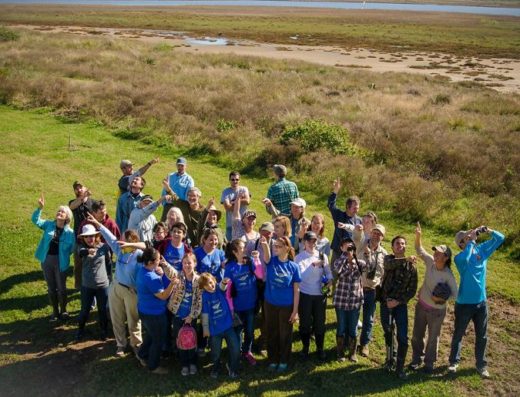NOTE LIMITED ACCESS
Visitation is by appointment only outside of regularly scheduled events
The coastal prairie, freshwater wetlands and salt marshes that comprise Clive Runnells Family Mad Island Marsh Preserve are in dynamic and continuous flux. The landscape is dotted with slow-draining natural depressions, providing ephemeral wetlands for a rich variety of wildlife species.
Maintaining the delicate balance of this region’s natural function protects a critical ecosystem threatened by development and overuse and enhances its resilience to extreme weather, fragmentation and human degradation.
WHY THIS PLACE MATTERS
Over 75 years ago, an expansive coastal prairie and wetland system stretched nearly unbroken across nine million acres in Texas and Louisiana. After decades of overuse and development, only two percent endures today. This makes Mad Island Marsh Preserve an important piece of a broad network of coastal conservation lands along the Gulf Coast. Its continuum of habitat helps reduce erosion and contributes to the overall health of Matagorda Bay, which meets with the Gulf of Mexico, improving resilience for marine life, endemic plants, wildlife and coastal communities.
Situated at the confluence of two principal North American migratory bird routes, the preserve also provides nesting, feeding, resting and roosting habitat for over 250 species of birds. Notable species include the endangered whooping crane, the rare Le Conte’s sparrow, and over 20 species of waterfowl. For years, the Smithsonian Migratory Bird Center has operated a bird banding station on the preserve to study the patterns and behavior of migratory birds. Additionally, the annual Matagorda County-Mad Island Marsh Christmas Bird Count is one of the most prominent Audubon Christmas bird counts throughout the country, ranking first in number of species tallied for over a decade. Other wildlife species found on the preserve include everything from red drum, blue crabs, brown shrimp, southern flounder and speckled trout to bobcats, rattlesnakes, white-tailed deer and coyotes.
Photos Courtesy of the Nature Conservancy

